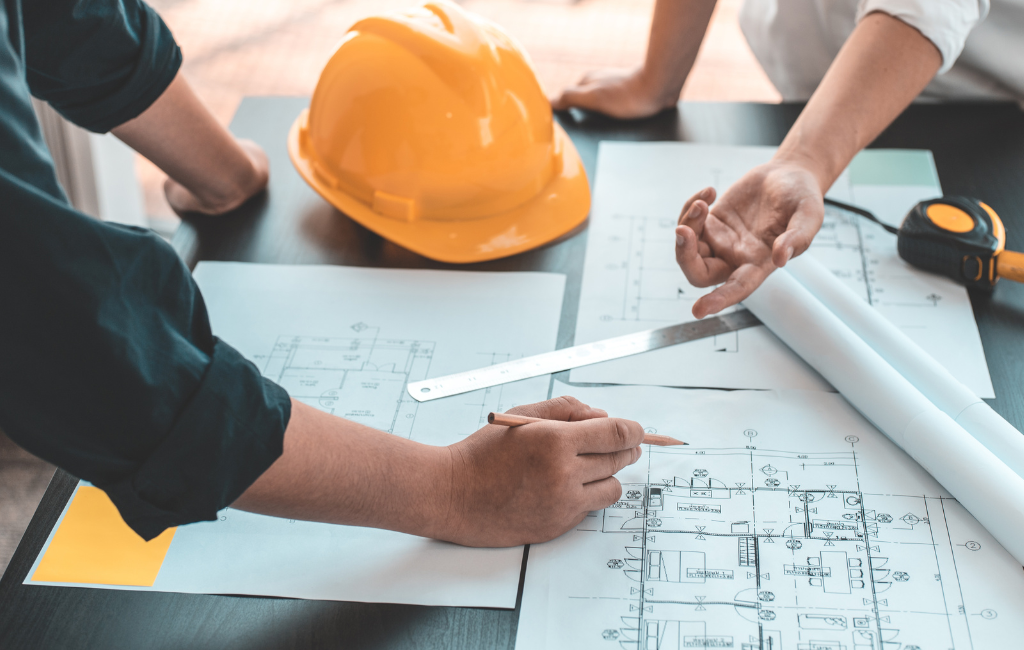Architect Expertise

Architect Expertise for Sustainable Design
In an era where environmental concerns are at the forefront, the role of architects in promoting sustainable design has never been more significant. Sustainable design not only addresses the environmental impact of buildings but also enhances the quality of life for occupants. This article explores the expertise required by architects to create sustainable designs, supported by examples, case studies, and statistics.
Understanding Sustainable Design
Sustainable design refers to the philosophy of designing physical objects, the built environment, and services to comply with the principles of ecological sustainability. This involves minimizing the negative environmental impact of buildings by enhancing efficiency and moderation in the use of materials, energy, and development space.
Key Principles of Sustainable Design
- Energy Efficiency
- Water Conservation
- Material Sustainability
- Indoor Environmental Quality
- Site Optimization
The Role of Architects in Sustainable Design
Architects play a pivotal role in the implementation of sustainable design principles. Their expertise spans various domains, including energy modeling, material selection, and site analysis. By integrating these elements, architects can create buildings that are not only environmentally friendly but also economically viable and socially responsible.
Energy Modeling and Efficiency
Energy modeling is a critical aspect of sustainable design. Architects use advanced software to simulate a building’s energy performance, allowing them to make informed decisions about design elements that impact energy consumption. For instance, the Bullitt Center in Seattle, often referred to as the greenest commercial building in the world, uses energy modeling to achieve net-zero energy consumption.
Material Selection
The choice of materials significantly impacts a building’s sustainability. Architects must select materials that are durable, recyclable, and have a low environmental footprint. The use of reclaimed wood, recycled metal, and low-VOC (volatile organic compounds) paints are examples of sustainable material choices. The Eden Project in Cornwall, UK, showcases the use of sustainable materials in its biomes, which are constructed using a steel frame and thermoplastic ETFE panels.
Site Analysis and Optimization
Site analysis involves evaluating the environmental characteristics of a location to optimize the building’s design. This includes assessing solar orientation, wind patterns, and natural vegetation. By understanding these factors, architects can design buildings that maximize natural light and ventilation, reducing the need for artificial lighting and HVAC systems. The California Academy of Sciences in San Francisco is a prime example, featuring a living roof that provides insulation and reduces stormwater runoff.
Case Studies in Sustainable Design
Examining successful examples of sustainable design provides valuable insights into the practical application of these principles.
The Edge, Amsterdam
The Edge in Amsterdam is often cited as one of the most sustainable office buildings in the world. It features a range of innovative technologies, including a smart lighting system that uses Power over Ethernet (PoE) to reduce energy consumption. The building also incorporates rainwater harvesting and a rooftop solar array, contributing to its BREEAM Outstanding rating.
One Central Park, Sydney
One Central Park in Sydney is renowned for its vertical gardens, which cover the building’s façade and provide natural insulation. The development also includes a central thermal plant that supplies heating and cooling to the entire complex, significantly reducing energy consumption. This project demonstrates how sustainable design can be integrated into high-density urban environments.
Statistics on Sustainable Design
Statistics highlight the growing importance and impact of sustainable design in the construction industry.
- According to the World Green Building Council, green buildings can reduce energy consumption by up to 30% and water usage by up to 50%.
- The U.S. Green Building Council reports that LEED-certified buildings have diverted over 80 million tons of waste from landfills.
- A study by the International Energy Agency found that buildings account for nearly 40% of global energy consumption and 33% of greenhouse gas emissions.
Challenges and Future Directions
Despite the advancements in sustainable design, several challenges remain. These include the higher initial costs of sustainable materials and technologies, the need for specialized knowledge, and regulatory hurdles. However, the long-term benefits, such as reduced operational costs and improved occupant health, often outweigh these challenges.
Looking ahead, the future of sustainable design lies in the integration of smart technologies, renewable energy sources, and innovative construction methods. Architects will continue to play a key role in driving this evolution, leveraging their expertise to create buildings that are not only sustainable but also resilient and adaptable to changing environmental conditions.
Conclusion
Architects are at the forefront of the movement towards sustainable design, utilizing their expertise to create buildings that are environmentally responsible, economically viable, and socially beneficial. Through energy modeling, material selection, and site optimization, they can significantly reduce the environmental impact of buildings. Case studies like The Edge in Amsterdam and One Central Park in Sydney illustrate the practical application of sustainable design principles. As the construction industry continues to evolve, the role of architects in promoting sustainability will become increasingly important, paving the way for a more sustainable future.